|
I am actively pursuing industry roles for 2025! Please feel free to contact me: cnris at umich dot edu GitHub / Google Scholar / CV / LinkedIn / Twitter |

|
|
|
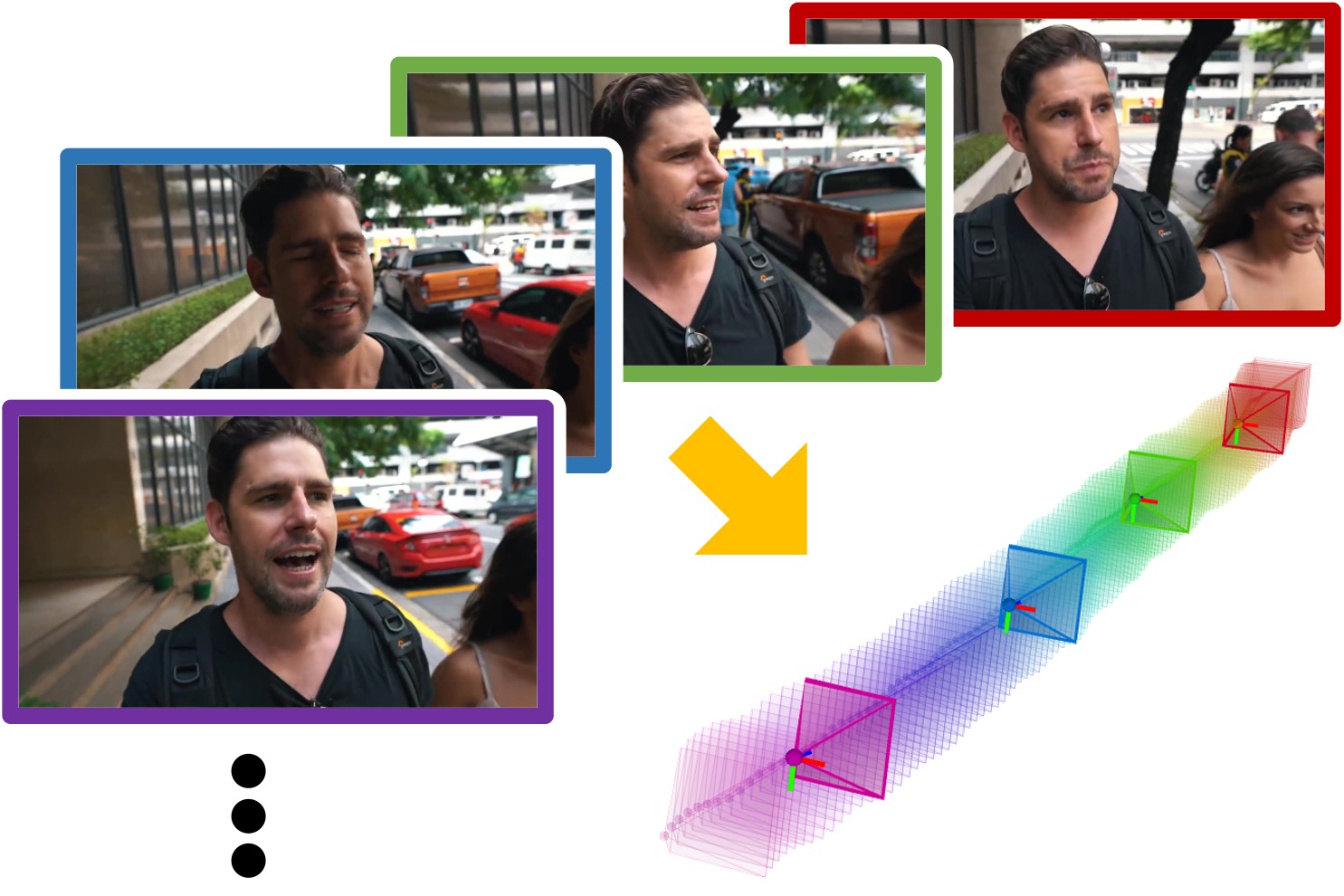
|
Chris Rockwell, Joseph Tung, Tsung-Yi Lin, Ming-Yu Liu, David F. Fouhey and Chen-Hsuan Lin project page / arXiv / Hugging Face / bibtex We introduce DynPose-100K, a large-scale video dataset of dynamic content with camera annotations. |
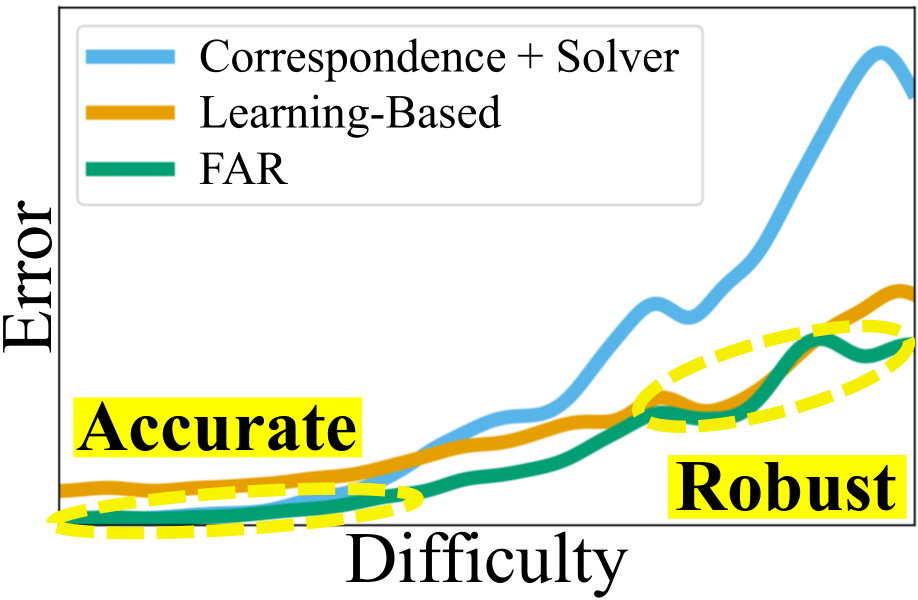
|
Chris Rockwell, Nilesh Kulkarni, Linyi Jin, JJ Park, Justin Johnson and David F. Fouhey CVPR, 2024 (Highlight) project page / arXiv / GitHub / bibtex Our flexible method produces accurate and robust pose estimates using complementary strengths of Correspondence + Solver and Learning-Based methods. |
|
|
Tiange Luo*, Chris Rockwell*, Honglak Lee† and Justin Johnson† project page / arXiv / GitHub / Hugging Face / bibtex Pretrained models are highly effective at 3D captioning; we use them to collect large-scale 3D-text dataset Cap3D and finetune text-to-3D models. |
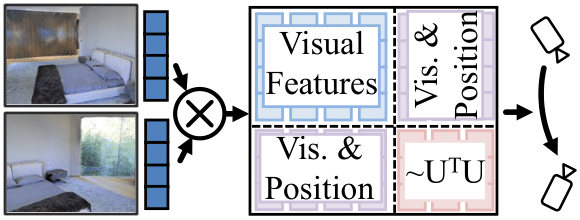
|
Chris Rockwell, Justin Johnson and David F. Fouhey project page / arXiv / GitHub / bibtex Small modifications to a ViT enable computations similar to the Eight-Point algorithm, and are a good inductive bias for pose estimation. |
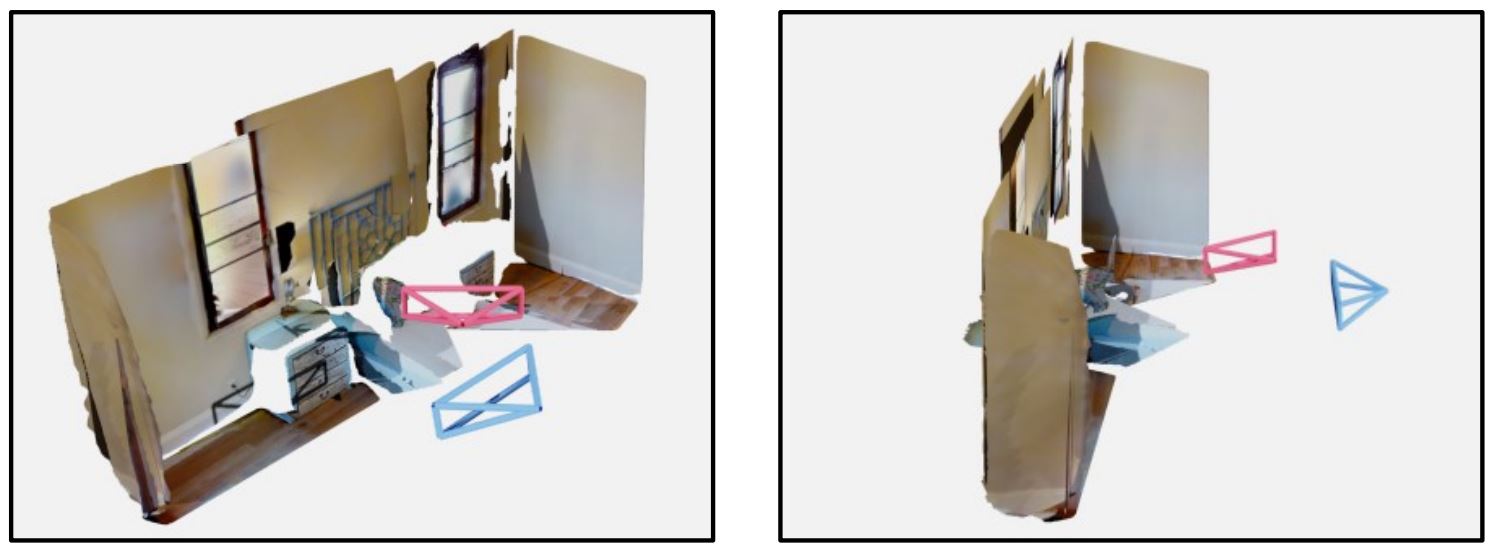
|
Samir Agarwala, Linyi Jin, Chris Rockwell and David F. Fouhey project page / arXiv / GitHub / bibtex Transformers are very effective at integrating evidence across multiple views and producing a planar reconstruction. |
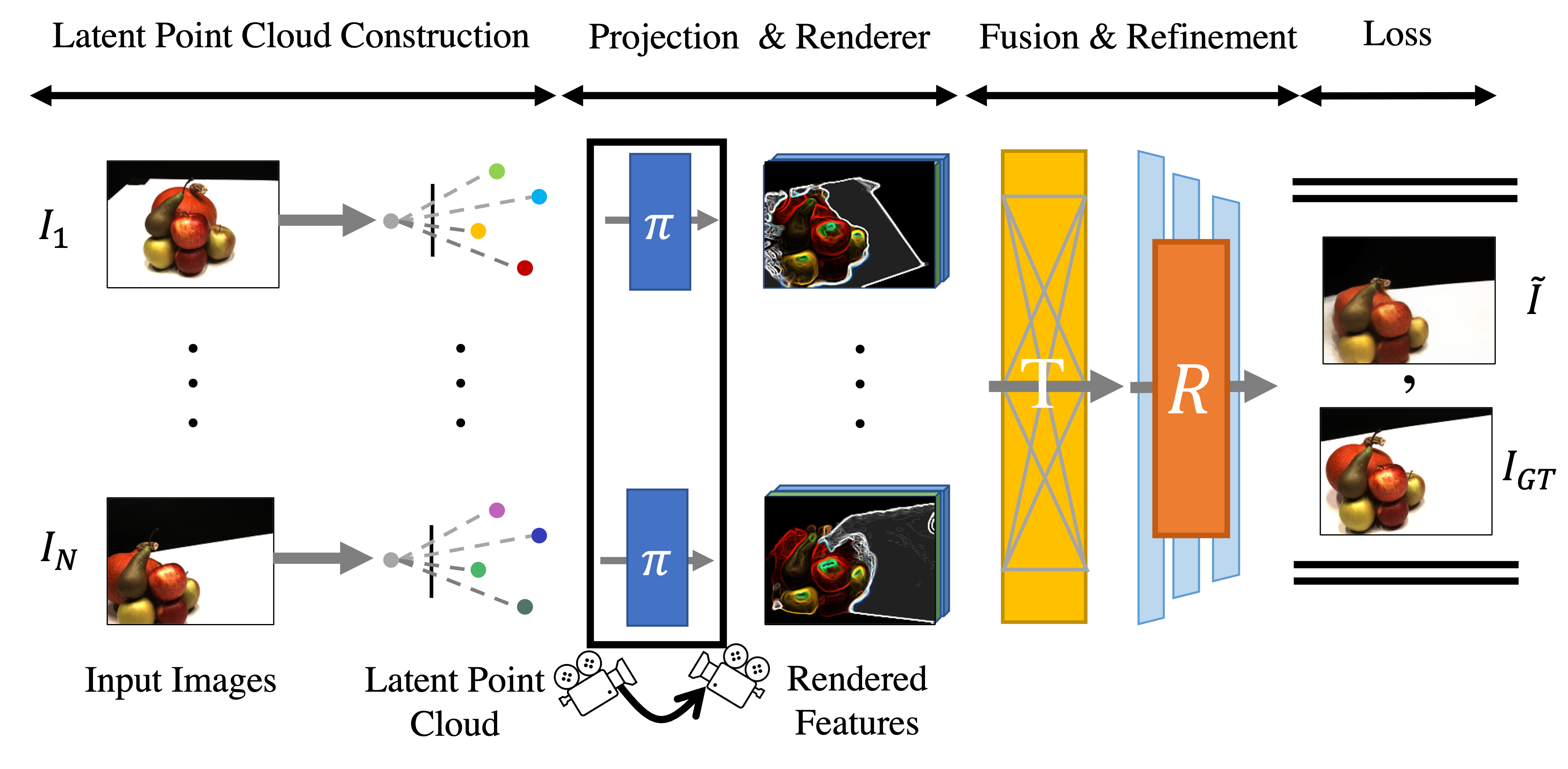
|
Ang Cao, Chris Rockwell and Justin Johnson project page / arXiv / GitHub / bibtex Our forward warping-based method enables real-time, high-quality novel view synthesis on novel objects from sparse views. |
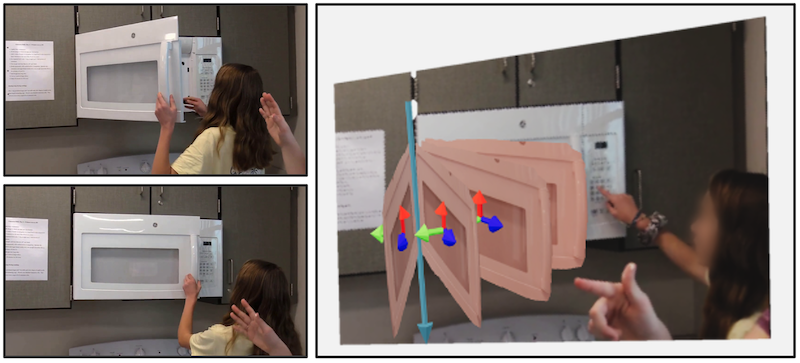
|
Shengyi Qian, Linyi Jin, Chris Rockwell, Siyi Chen and David F. Fouhey project page / arXiv / GitHub / bibtex By training on both video data and 3D reconstructions in the right way, we can build models of articulations of 3D objects on ordinary video data. |
|
|
Chris Rockwell, David F. Fouhey and Justin Johnson project page / arXiv / GitHub / press / bibtex Combining 3D reasoning and autoregressive modeling facilitates high-quality and consistent single-image novel view synthesis. |

|
Chris Rockwell and David F. Fouhey project page / arXiv / GitHub / press / bibtex A simple self-training framework significantly improves 3D human pose estimation on highly-truncated Internet videos. |
|
|
|
|
|
|

|
Research Intern (Deep Imagination Research Group) Hosts: Chen-Hsuan Lin, Tsung-Yi Lin, and Ming-Yu Liu |
||||

|
Research Scientist Intern (Computational Photography Research Group) Hosts: Hung-Yu Tseng, Jia-Bin Huang, and Johannes Kopf |
||||

|
Technical Consultant (Computer Vision) |
||||
|
|
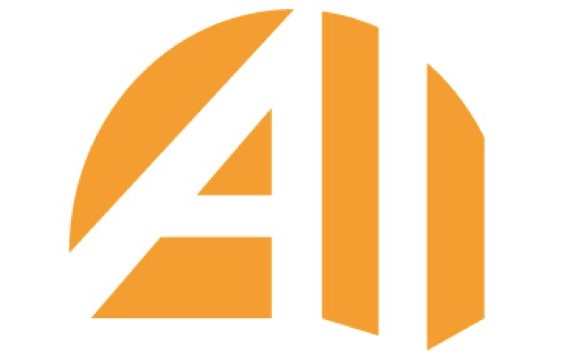
|
Project Instructor, Application Reviewer, Curriculum Advisory Board Project Github Michigan AI4ALL Lead: David F. Fouhey |
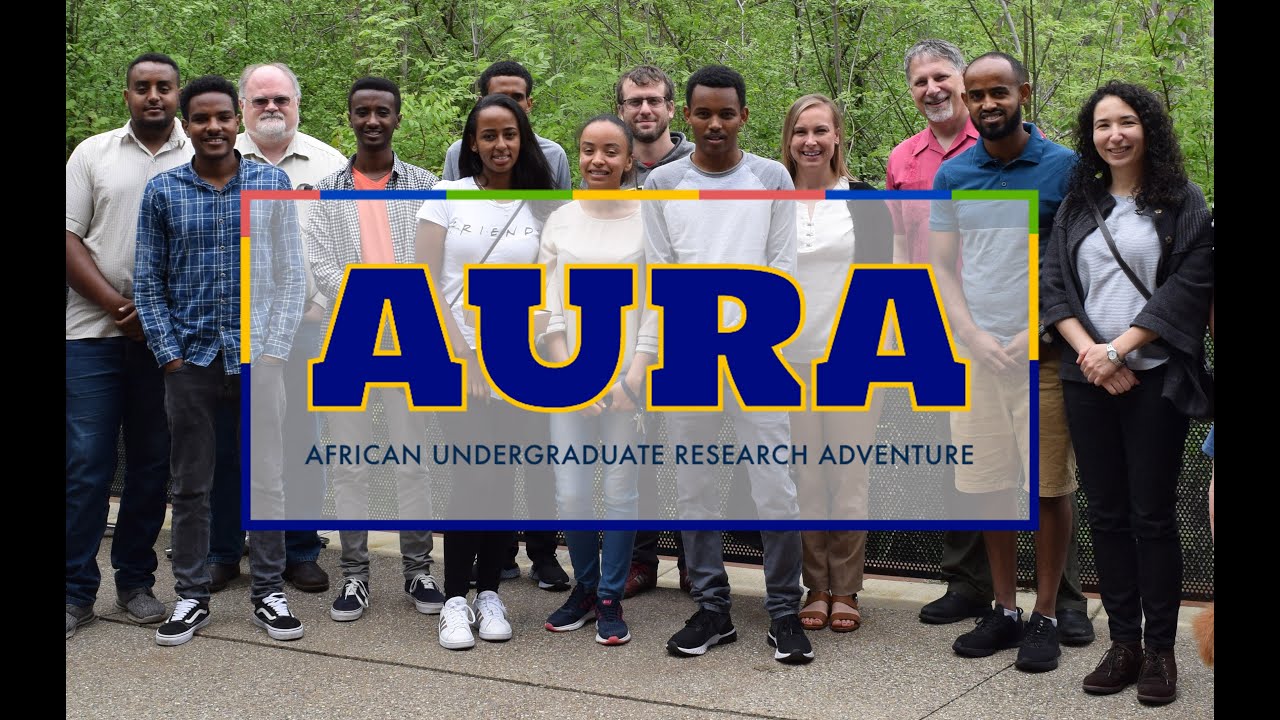
|
Graduate Research Mentor Research Advisor: David F. Fouhey |
|
|